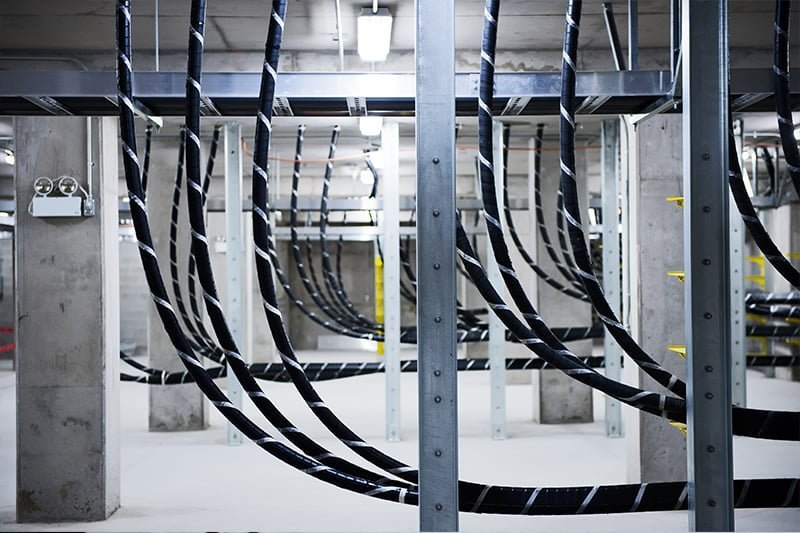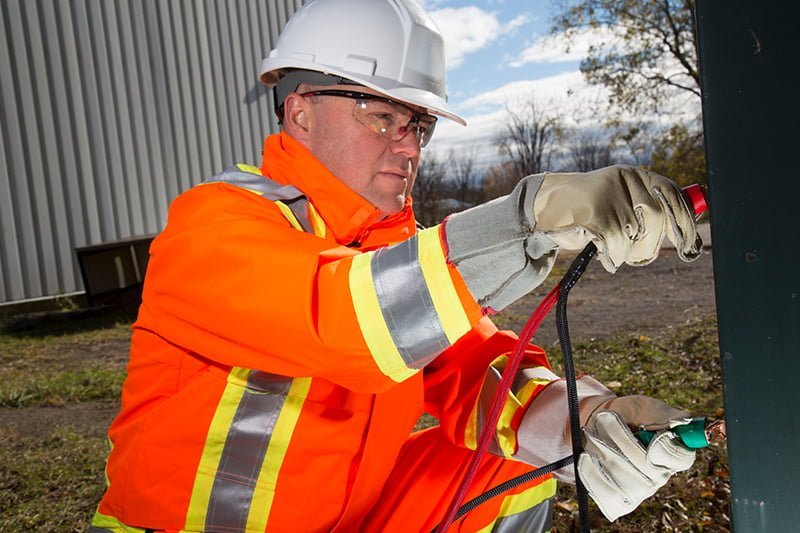
The result of this decade-long partnership: an innovative method to classify XLPE cables without further deteriorating the cable during testing.
Hydro Ottawa’s affiliate, CableQ, now offers this state-of-the-art testing technology to utilities, campuses and institutions across the globe.
CableQ’s XLPE cable testing technology helps quickly and easily pinpoint which cable assets need repair or replacement before problems occur. Unlike other testing methods, CableQ’s technology is non-destructive; preserving the health and life of the cable.

The unique and proprietary service is an on-site diagnostic test that measures the depolarization current within an isolated and de-energized cable. The results categorize the cable condition as good, fair, or poor.
XLPE cable infrastructure has been used extensively for more than 40 years world-wide to distribute electricity in urban areas. Historically, utilities have used a costly reactive-based maintenance approach for when cables fail; consuming a significant portion of their operations and maintenance budgets. As Canada’s electricity system ages and assets reach their supposed end-of-life, the CableQ method gives an accurate representation of the health of the cable by diagnosing the condition of the insulation.

Since 2011, Hydro Ottawa has been using the CableQ technology exclusively as part of their cable management program to successfully diagnose the condition of its XLPE cables.
Key benefits of cable testing include; preservation of the cable’s integrity, deferred replacement costs, dependability of infrastructure and fast on-site testing and measurements.
Coordinating a group of distributed energy resources to reinforce the grid serves as a true “win-win” proposition for customers and utilities alike.
